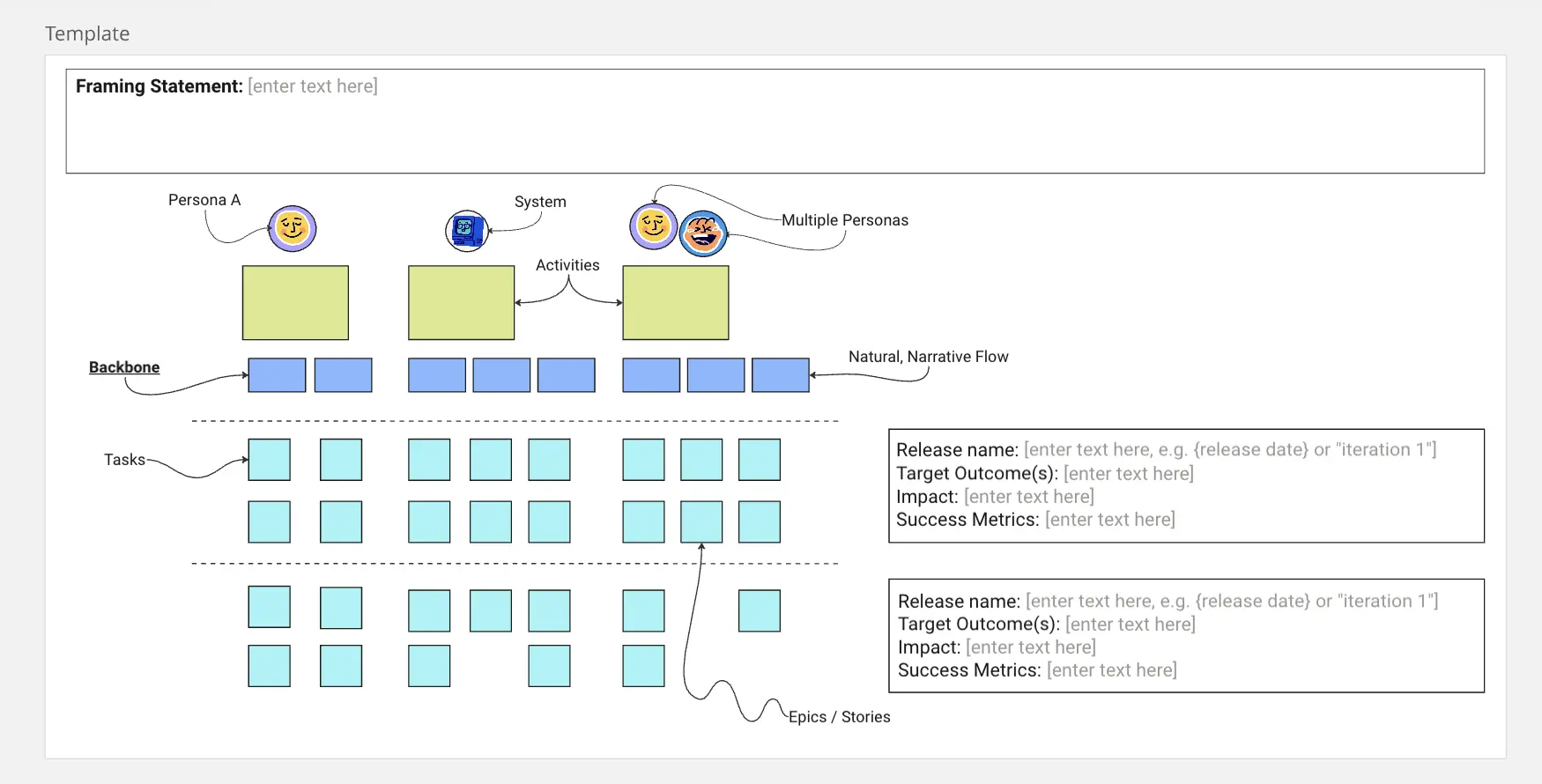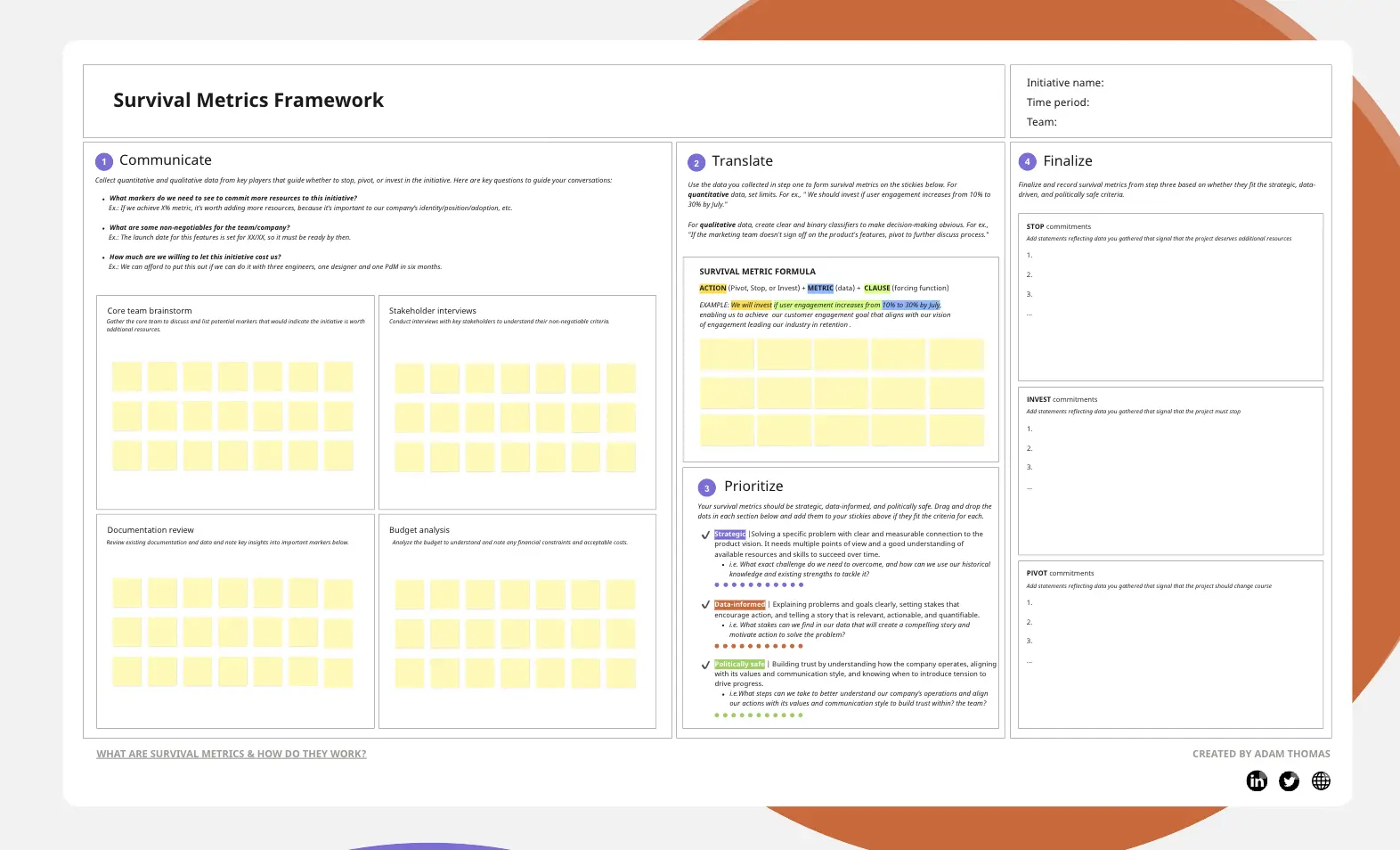BPMN Diagram for Business Processes
Business Process Model and Notation (BPMN)
is a graphical representation for specifying business processes in a business process model. It provides a standard way to model the steps in a business process. This standard is maintained by the Object Management Group (OMG). BPMN is designed to be understood by all business stakeholders, including business analysts who create and refine the processes, technical developers responsible for implementing the processes, and the business people who manage and monitor the processes.
BPMN Symbols
Flow Objects:
Events: Represent something that happens (start, intermediate, and end). They are represented by circles.
Start Event: A thin-lined circle.
Intermediate Event: A double-lined circle.
End Event: A thick-lined circle.
Activities: Represent work that is performed within a business process. They are depicted by rounded rectangles.
Task: A single unit of work.
Sub-process: A set of tasks grouped into a single activity.
Gateways: Decision points that can split and merge the flow of the process. They are represented by diamonds.
Exclusive Gateway (XOR): Only one path can be taken.
Parallel Gateway (AND): All paths are taken.
Inclusive Gateway (OR): One or more paths can be taken.
Connecting Objects:
Sequence Flow: Shows the order of activities. Represented by a solid line with an arrow.
Message Flow: Shows the flow of messages between participants. Represented by a dashed line with an arrow.
Association: Links artifacts with flow objects. Represented by a dotted line.
Swimlanes:
Pool: Represents major participants in a process.
Lane: Sub-partitions within a pool to organize activities.
Artifacts:
Data Object: Shows the data required or produced by activities.
Group: Used to group different activities.
Annotation: Provides additional text information.
Uses
Business Process Improvement
Software Development
Compliance and Risk Management
Training and Onboarding
Project Management
Customer Service and Support
Supply Chain Management
Financial Processes
Healthcare
Human Resource Management
Example: New Employee Onboarding
a detailed example of a four-lane BPMN process for "New Employee Onboarding," including more specific tasks and interactions between HR, IT, and the Manager.
Lanes:
Employee
HR Department
IT Department
Line Manager
BPMN Diagram Steps:
Start Event: HR initiates onboarding.
Task (HR Department): Set up employee profile.
Task (HR Department): Prepare employment contract.
Task (HR Department): Send welcome email to employee.
Task (HR Department): Send documents to IT.
Task (IT Department): Set up accounts and equipment.
Task (IT Department): Configure email and software access.
Task (IT Department): Test IT setup.
Task (Line Manager): Prepare welcome package.
Task (Line Manager): Schedule orientation sessions.
Task (Manager): Assign mentor.
Task (HR Department): Confirm completion of onboarding tasks.
End Event: Employee onboarding complete.
Goodluck and drop your feedback.
Regards
Khawaja Rizwan
Categories
Similar templates






Comments
Read our Community Guidelines and Terms of Use.